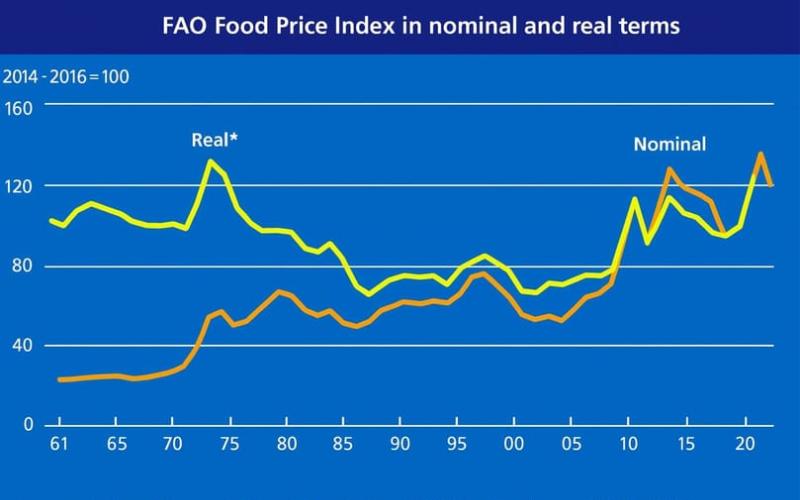GDT Prices Continue to Plummet Amid Surging Supply and Weak Demand
Sourse: dairynews.today
The Global Dairy Trade price index experiences a 1.6% decline, driven by an 11.8% drop in mozzarella prices. A robust supply and feeble demand contribute to this trend.

In a recent Global Dairy Trade (GDT) auction, the price index dropped by 1.6%, marking the fourth consecutive decline within two months. The supply-oriented pressure, combined with subdued global demand, resulted in mozzarella prices plummeting by 11.8%, extending a four-month decline to 30%.
Butter prices also retreated by 3%, from record highs near $8,000 per tonne in May to $6,712. Meanwhile, whole and skim milk powder prices decreased by 2.3% and 0.5%, respectively. Despite these decreases, there were slight gains in anhydrous milk fat and cheddar.
Chinese buyers played a significant role, accounting for 52% of total GDT purchases, a 30% increase from the previous event. As global milk production continues to proliferate, New Zealand’s overproduction raises concerns about the current demand’s capacity to absorb these volumes at sustainable prices. Nevertheless, lower prices might trigger increased purchasing from other regions as they prepare for year-end festive seasons. However, enduring price recovery necessitates either reduced production or improved demand, rather than solely seasonal pressures.
Butter prices also retreated by 3%, from record highs near $8,000 per tonne in May to $6,712. Meanwhile, whole and skim milk powder prices decreased by 2.3% and 0.5%, respectively. Despite these decreases, there were slight gains in anhydrous milk fat and cheddar.
Chinese buyers played a significant role, accounting for 52% of total GDT purchases, a 30% increase from the previous event. As global milk production continues to proliferate, New Zealand’s overproduction raises concerns about the current demand’s capacity to absorb these volumes at sustainable prices. Nevertheless, lower prices might trigger increased purchasing from other regions as they prepare for year-end festive seasons. However, enduring price recovery necessitates either reduced production or improved demand, rather than solely seasonal pressures.
Key News of the Week











